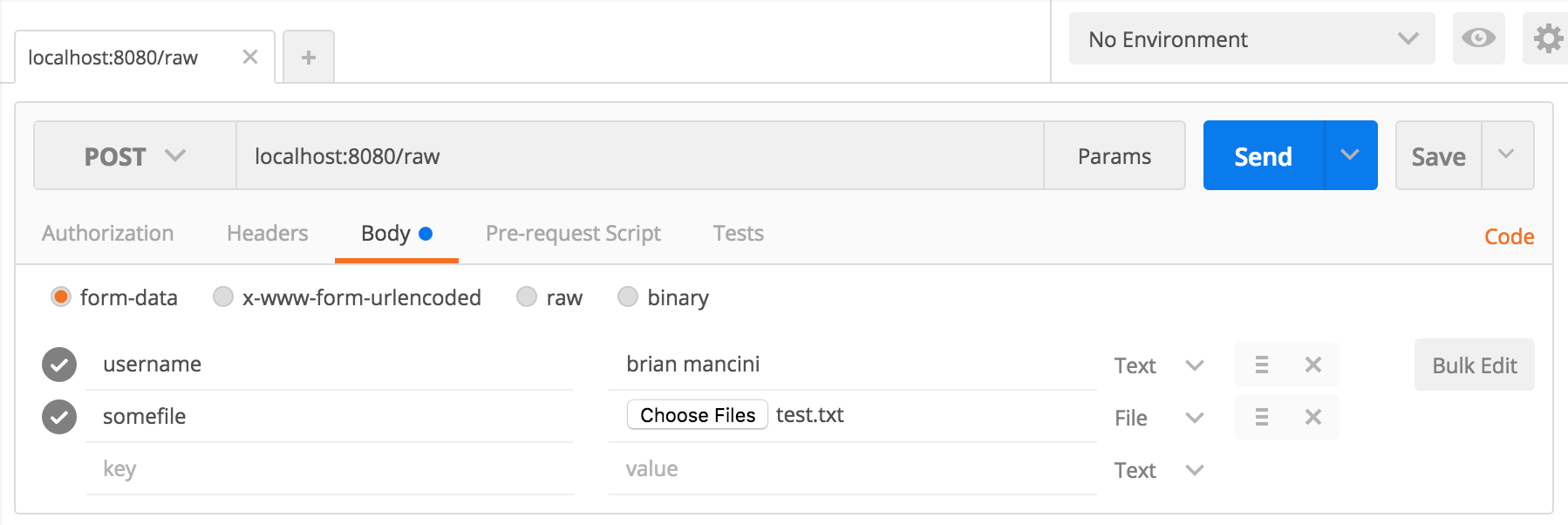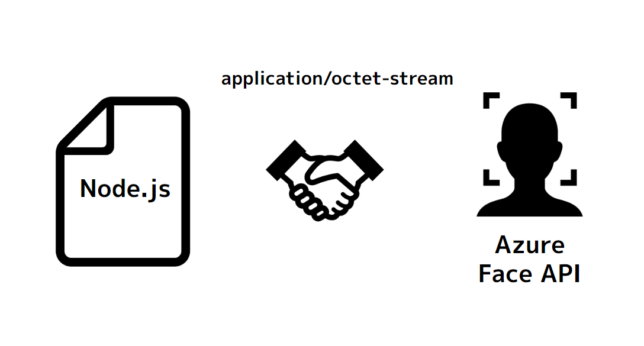
For example: > var frosty = Buffer.alloc(24) The first argument is the target buffer on which to copy the contents of buffer, and the rest of the arguments allow for copying only a subsection of the source buffer to somewhere in the middle of the target buffer. py(target, targetStart=0, sourceStart=0, sourceEnd=buffer.length)īpy allows one to copy the contents of one buffer onto another. In this example, the contents written to the buffer only consist of three groups (since they represent the single-character snowman), but the buffer's length is still 16, as it was initialized. For example: > var buffer = Buffer.alloc(16) It is not the same as the size of the buffer's contents, since a buffer may be half-filled. This is the length of your buffer, and represents how much memory is allocated. The unicode snowman is only one character, but takes 3 entire bytes to encode! buffer.length This length is not the same as string length, since many characters require more bytes to encode. With this function, you can check the number of bytes required to encode a string with a given encoding (which defaults to utf-8). This method checks to see if object is a buffer, similar to Array.isArray. More Fun With Buffers Buffer.isBuffer(object) In this example, I set the remaining bytes, by hand, such that they represent utf-8 encoded "!" and "1" characters. You can also set individual bytes by using an array-like syntax: > buffer = buffer In this case, it can be seen that not the entire buffer was used! Luckily, because we know how many bytes we've written to the buffer, we can simply add more arguments to "stringify" the slice that's actually interesting: > buffer.toString("utf-8", 0, 12) Probably the most common way to read buffers is to use the toString method, since many buffers contain text: > buffer.toString('utf-8')Īgain, the first argument is the encoding. When buffer.write has 3 arguments, the second argument indicates an offset, or the index of the buffer to start writing at.

This is useful if you want to complete the message: > buffer.write(" world!", 5, "utf-8") The fact that the string "Hello" is also 5 characters long is coincidental, since each character just happened to be 8 bits apiece. This means that we wrote to five bytes of the buffer. It happens to default to utf-8 so this argument is extraneous.īuffer.write returned 5. The first argument to buffer.write is the string to write to the buffer, and the second argument is the string encoding. We can start writing strings to it: > buffer.write("Hello", "utf-8") Given that there is already a buffer created: > var buffer = Buffer.alloc(16) See Supported Encodings for more details. 'utf-8' is by far the most common encoding used with Node.js, but Buffer also supports others. This initializes the buffer to a binary encoding of the first string as specified by the second argument (in this case, 'utf-8'). from ( "I'm a string!", "utf-8" ) // This will print out a chain of values in utf-8: // Keep in mind that the contents of the array are integers representing bytes. This initializes the buffer to the contents of this array. from ( ) // This will print out 8 bytes of certain values: // This buffer is initialized and contains 8 bytes of zero. alloc ( 8 ) // This will print out 8 bytes of zero: // There are a few ways to create new buffers: var buffer = Buffer. In the wild, buffers are usually seen in the context of binary data coming from streams, such as fs.createReadStream. When using console.log() to print the Buffer instance, you'll get a chain of values in hexadecimal values. The integers in a buffer each represent a byte and so are limited to values from 0 to 255 inclusive. Buffers act somewhat like arrays of integers, but aren't resizable and have a whole bunch of methods specifically for binary data. Each buffer corresponds to some raw memory allocated outside V8. The Buffer class in Node.js is designed to handle raw binary data.

However, this approach is extremely problematic to work with It's slow, makes you work with an API designed for strings and not binary data, and has a tendency to break in strange and mysterious ways.ĭon't use binary strings. One way to handle this problem is to just use strings anyway, which is exactly what Node.js did at first. However, Node.js servers have to also deal with TCP streams and reading and writing to the filesystem, both of which make it necessary to deal with purely binary streams of data. This is fine on the browser, where most data is in the form of strings.

Pure JavaScript, while great with unicode-encoded strings, does not handle straight binary data very well.
Node.js convert octet stream to json how to#
How to Use Buffers in Node.js Why Buffers?


 0 kommentar(er)
0 kommentar(er)
